Many NBA general managers and team presidents speak in platitudes during their postseason and preseason media sessions, but when Heat president Pat Riley met with the press last spring and fall, he took the opportunity to directly challenge his players to improve their availability and to become better versions of themselves.
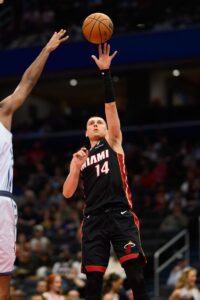 Some players responded well to Riley's candor. After being dubbed "fragile" by the longtime Heat president last May, Tyler Herro had a career year in 2024/25, making his first All-Star team and blowing away his previous career highs by appearing in 77 regular season games and averaging 23.9 points per contest.
Some players responded well to Riley's candor. After being dubbed "fragile" by the longtime Heat president last May, Tyler Herro had a career year in 2024/25, making his first All-Star team and blowing away his previous career highs by appearing in 77 regular season games and averaging 23.9 points per contest.
Riley's remarks proved less inspiring for other key Heat players, however. Jimmy Butler, who was filmed during the 2024 playoffs claiming that the Heat would've beaten the Celtics if he were healthy, reportedly chafed at Riley's recommendation that he "keep (his) mouth shut," and was irked by Miami's unwillingness to give him the maximum-salary extension he sought, due to concerns about his injury history.
While Butler dismissed the idea that his relationship with Riley or the Heat was strained ahead of the season, the situation came to a head by December, with the star forward agitating for a trade out of Miami and earning three separate team-imposed suspensions for "conduct detrimental to the team" and "intentionally withholding services."
With Butler in and out of the lineup and trade speculation swirling around the six-time All-Star for weeks, the Heat actually weathered the storm pretty well. Miami was above .500 (25-24) at the trade deadline, and after sending Butler to Golden State for a package that included Andrew Wiggins, Kyle Anderson, and Davion Mitchell, the team was optimistic about finishing the season strong, having removed a major distraction from the equation.
Instead, it almost seemed as if the Heat's adrenaline wore off and they found themselves suddenly feeling the aftereffects of the drama that had engulfed the club for the better part of the season. Miami lost 17 of its next 21 games, and while the drop down the standings wasn't as precipitous as it could have been if the bottom of the Eastern Conference were a little more competitive, the Heat slid from sixth to 10th, which is where they ultimately finished the season despite reeling off a six-game winning streak in March and April.
The Heat subsequently made history twice in April, first by becoming the first No. 10 seed to make it through the play-in tournament to clinch a playoff spot, then by being on the wrong end of the most lopsided series in NBA postseason history. The playoff berth meant their first-round draft pick would be sent to the Thunder, which was perhaps a better outcome than the alternative -- if the pick had landed in the top 14 and stayed with Miami, the Heat would've owed an unprotected 2026 first-rounder to Oklahoma City.
With their '26 pick in hand, the Heat have more potential paths they could take this offseason and beyond. But tanking has been a rarity during the Riley era, so it's likely the front office will do its best in the coming weeks to figure out a way to turn this club - just two years removed from an NBA Finals appearance - back into a contender as soon as possible.
The Heat's Offseason Plan
Bam Adebayo is viewed as a long-term cornerstone in Miami, having taken over the title of team captain following Udonis Haslem's retirement. Herro, who had long been the subject of trade speculation as the Heat pursued stars like Damian Lillard and Donovan Mitchell in recent years, perhaps solidified his place alongside Adebayo with his breakout 2024/25 performance. But no one else on the roster should be considered entirely safe entering this summer.

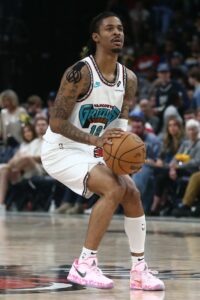 Entering '24/25, the Grizzlies had reason to believe that a bounce-back year was on tap. They weren't bringing back all the key elements of those 50-win teams -- forward
Entering '24/25, the Grizzlies had reason to believe that a bounce-back year was on tap. They weren't bringing back all the key elements of those 50-win teams -- forward 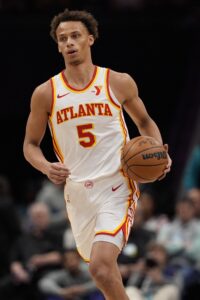
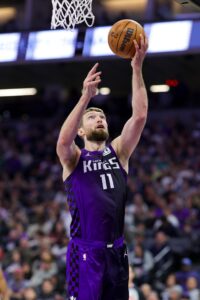 It was a step back, but only a small one -- the club stumbled more significantly in 2024/25, losing 19 of its first 32 games, which cost Brown his job and led to a trade request from star point guard
It was a step back, but only a small one -- the club stumbled more significantly in 2024/25, losing 19 of its first 32 games, which cost Brown his job and led to a trade request from star point guard 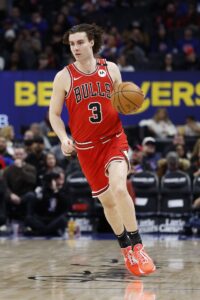 Ball ultimately made his return to the court in the fall of 2024, but the Bulls had thrown in the towel on the previous iteration of their roster a few months earlier, having traded away key veterans like DeRozan and Caruso while acquiring a new point guard of the future in
Ball ultimately made his return to the court in the fall of 2024, but the Bulls had thrown in the towel on the previous iteration of their roster a few months earlier, having traded away key veterans like DeRozan and Caruso while acquiring a new point guard of the future in 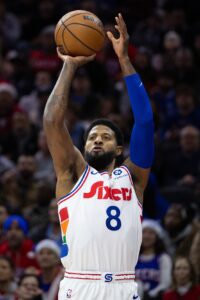 Armed with more cap room than any other NBA team entering the summer of 2024, the 76ers made a huge splash on the free agent market by luring
Armed with more cap room than any other NBA team entering the summer of 2024, the 76ers made a huge splash on the free agent market by luring 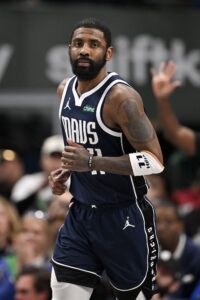 In an alternate universe, the Mavericks had a solid but unspectacular 2024/25 season en route to another playoff appearance. In that universe,
In an alternate universe, the Mavericks had a solid but unspectacular 2024/25 season en route to another playoff appearance. In that universe,